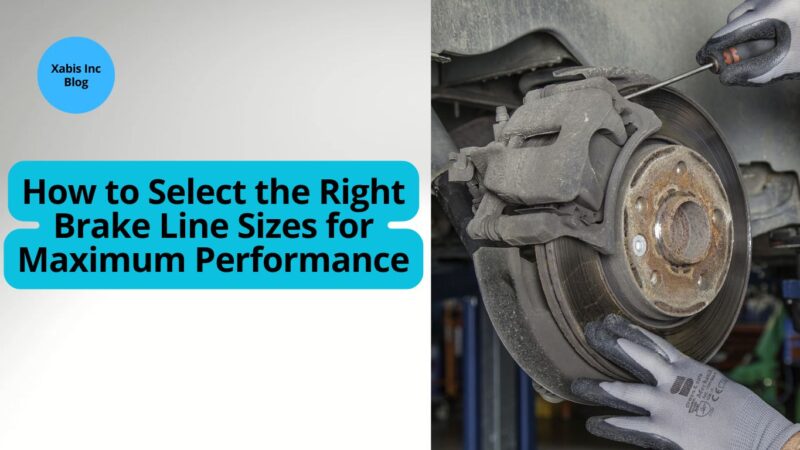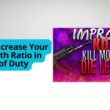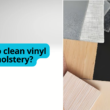Braking is one of the primary considerations regarding performance and safety in an automobile. The core component of this system, which acts like a network to pass hydraulic pressure into calipers or wheel cylinders originating from the brake pedal, is what comprises the brake lines. If you are looking for brake line sizes that will maximize your stopping power, look no further than here. Here we go, along with a comprehensive guide to brake line sizing and its nitty-gritty relation to overall vehicle performance.
Understanding Brake Lines
But before getting into specifics about sizing, let’s get into some basics about brake lines and how they work. If you’re looking for brake line sizes, here’s something you should know: brake lines are tubes that transfer brake fluid from a master cylinder out to the brake calipers or wheel cylinders. As the pedal is depressed, hydraulic pressure is developed in the master cylinder, down the brake line to each wheel, and actuating the brakes.
2 Types of Brake Lines
- Hard lines- are rigid metal tubes, most frequently made of steel or copper-nickel alloys, that run the length of the frame.
- Flexible lines- commonly called brake hoses link the hard lines or frame to the brake calipers; they permit suspension movement and steering.
Importance of Correct Brake Line Sizing
Choosing the right brake line size is crucial for several reasons:
- Pressure transmission: The right-sized lines will allow adequate hydraulic pressure transmission, hence a quick response when braking.
- Rate of flow: The correct sizing will allow a good flow of brake fluid, which is key to fast engagement of the brakes and release.
- Dissipating heat: It will control the heat that is generated in the braking process; therefore, excess heat will not cause brake fade.
- Strength: The line of the correct size will resist the pressure and stress from repeated braking without failing.
Factors to Consider When Choosing Brake Line Sizes
Choosing the right brake line size is crucial for optimal braking performance, safety, and vehicle efficiency, and requires careful consideration of various factors.
Vehicle Weight and Performance
Heavier vehicles and those with higher performance will need larger sizes of brake lines to respond to the increased hydraulic force and heat generated in the process of braking. A general rule of thumb:
- Standard passenger cars – really should be okay with 3/16″ lines.
- Light trucks and SUVs – in many cases, 1/4″ lines should work
- Heavy-duty trucks and performance vehicles – may need 5/16″ or larger lines
Brake System Design
The type of braking system that your car has will greatly determine the line size it requires:
- Smaller lines are generally suitable since operating pressures are only moderate with drum brakes, and the shoes apply friction over the entire surface.
- On a disc brake system, especially a high-performance setup, brakes need to flow more brake fluid more quickly, which may require larger brake lines to handle both the pressure and increased flow.
Master Cylinder Bore Size
The size of your master cylinder bore determines how much fluid is moved during each braking event. Typically, larger bore sizes must move more fluid and thus need larger diameter brake lines to manage fluid pressure and flow.
Pedal Feel and Responsiveness
The size of brake lines can really affect the pedal feel and responsiveness. Larger lines may give a harder pedal feel but can raise the potential for increasing pedal travel, and smaller lines could contribute to a more responsive pedal but an increased line pressure with potential fluid heating.
Regulatory Compliance
Be sure that whatever sizes you choose to have your brake lines made up are within your local regulations and safety guidelines. In most localities, brake line sizes that deviate from OEM will require certification or at least approval.
How to Determine the Right Brake Line Size:
While the general recommendations will provide you with a starting point, there are some things that you need to pay some mind while deciding the correct brake line sizing for your application:
Amount of Fluid
Calculate the total fluid volume thus displaced by your master cylinder and all wheel cylinders or calipers. This gives one idea of the minimum internal volume that your brake lines have to be able to contain.
Pressure Drop
Determine what level of acceptable pressure drop you would like to have across the length of your brake lines. Longer length lines or lines with more bends will have a higher pressure drop and may need larger diameters to compensate.
Flowrate
Choose the minimum flow that will service braking requirements for your vehicle. High performance may require additional flow and, therefore, line size.
Material Selection
Materials have variable levels of internal friction coefficients that could be higher or lower than the characteristics of associated fluids. For example, stainless steel lines might have different minimal sizes required compared to steel lines due to a less porous surface.
Choosing the Correct Lift Size Steps for Your Car:
- Assess Your Vehicle
Start by evaluating the weight of your car, performance levels, and how the brake systems are designed. This will give you a base on the line size that you need to have.
- Go through Factory Specifications
Check the original equipment specifications that your car comes with, and check the online sizes for brakes. This can help you make a start on stock parts or lead modifications.
- Upgrades
If you’ve altered the car in any significant ways—such as increasing power or reducing weight—then obviously, you need to re-size the brake lines accordingly.
- Use Sizing Charts
Most brake line manufacturers should have sizing charts that relay vehicle weight, level of performance, and design of the braking system to the correct recommended line sizes.
- Expert opinion
Speak with brake system specialists or performance shops that are experienced in working on vehicles in the sector of your make. They will provide practical application-based advice.
- Testing and Adjusting
Test the new brake lines very cautiously in controlled conditions. See if there is any change in sensation in the brake pedal and in the stopping distance and if there is any sign of brake fade. Be prepared to make adjustments.
What Not to Do
- Oversizing: Although it may seem well that the more, the merrier, oversized brake lines actually start to cause a spongy pedal feel and less responsiveness.
- Undersizing: On the other hand, small lines may result in excessive pressure, thus leading to line failure or brake lockup.
- Mixing Sizes: Running different sizes at the front and rear without correct calculation will lead to brake bias issues and potentially unpredictable stopping.
- Material Incompatibility: Ensure that the material of the brake line you go for is compatible with your brake fluid so as not to corrode or be degraded.
Final Thoughts
Selecting the right size of brake lines for your vehicle is an end area of concern to maximize the braking performance of your vehicle. With respect to the weight of the vehicle, the design of the braking system, and the performance requirements, it enables one to select lines that offer the ideal balance between responsiveness, safety, and durability.
Just a reminder: This is meant to provide an overview and not as the final authority when modifying a brake system. If there is doubt regarding any aspect of the covered brake line sizing and installation, please consult with a professional or a certified mechanic.
Properly sized brake lines go on to improve not just the stopping power of the vehicle but also create an atmosphere of sophistication and comfort for better driving experiences. The next time one tends to search for the brake line sizes, one should refer back to this guide to ensure that an informed decision was made that cater to performance and safety.








